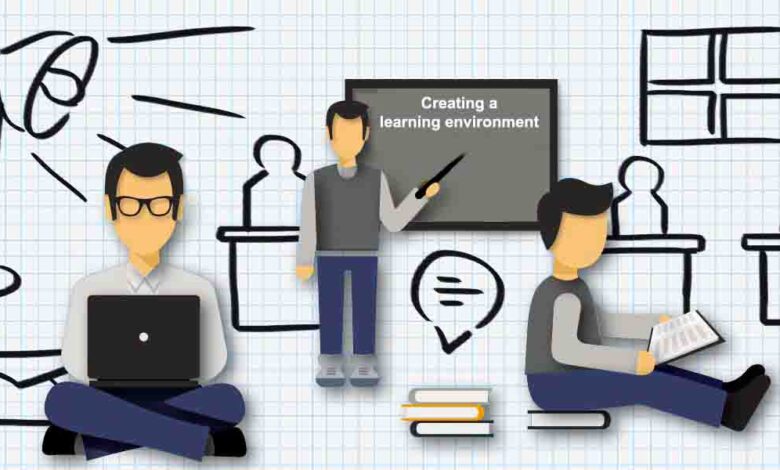Teaching students how to think, rather than what to think

Thursday, 02 February 2023 | Manisha Dhami
GUEST COLUMN
 Manisha Dhami
Manisha Dhami
As educators, our ultimate goal is to not only impart knowledge to our students but also to equip them with the skills and abilities to think critically and independently. In a world where information is readily available at our fingertips, it is more important than ever to teach our students how to think, rather than simply what to think. It’s imperative to remember that teaching students how to think does not mean simply providing them with information and expecting them to absorb it. Instead, it involves actively engaging with students and helping them develop the skills and strategies they need to think for themselves.
One of the biggest pitfalls of traditional education is the emphasis on memorisation, rote learning and regurgitating information rather than fostering a love of learning and encouraging students to think. While it is important for students to learn and remember certain facts and concepts, we must also teach them how to analyse and interpret information, how to ask the right questions and how to form their own opinions and arguments. One way to do this is through the use of open-ended questions and discussion in the classroom. Rather than simply providing students with the answers, we can encourage them to engage in dialogue and explore different perspectives on a given topic.
This helps students develop their critical thinking skills and promotes the idea that there is rarely a single “right” answer to a problem. Another effective way to teach students how to think is through hands-on, experiential learning. Allowing students to actively participate in and explore their own learning helps them to make connections and draw conclusions on their own, rather than simply being told what to think. This could include activities such as lab experiments, field trips or problem-based learning exercises. In addition to these more traditional methods, technology can also be a powerful tool for teaching students how to think. With access to a wealth of information online, students can learn how to evaluate the credibility and accuracy of sources, how to synthesise and analyse information, and how to use technology to communicate and collaborate with others.
Creating a learning environment that encourages exploration, curiosity and critical thinking is also essential. This can involve providing opportunities for students to take risks and try new things and encouraging students to be independent and self-directed learners. Ultimately, the key to teaching students how to think is to foster a love of learning and to encourage them to be curious and ask questions. By giving students the skills and confidence to think for themselves, we are setting them up for success in an ever-changing world.
So, let’s shift the focus from simply telling our students what to think and instead empower them to think for themselves. By teaching them how to think, we are preparing them for a lifetime of learning and growth.
(The author is an assistant professor, department of human development and family studies in MS University of Baroda. Views expressed are personal)






